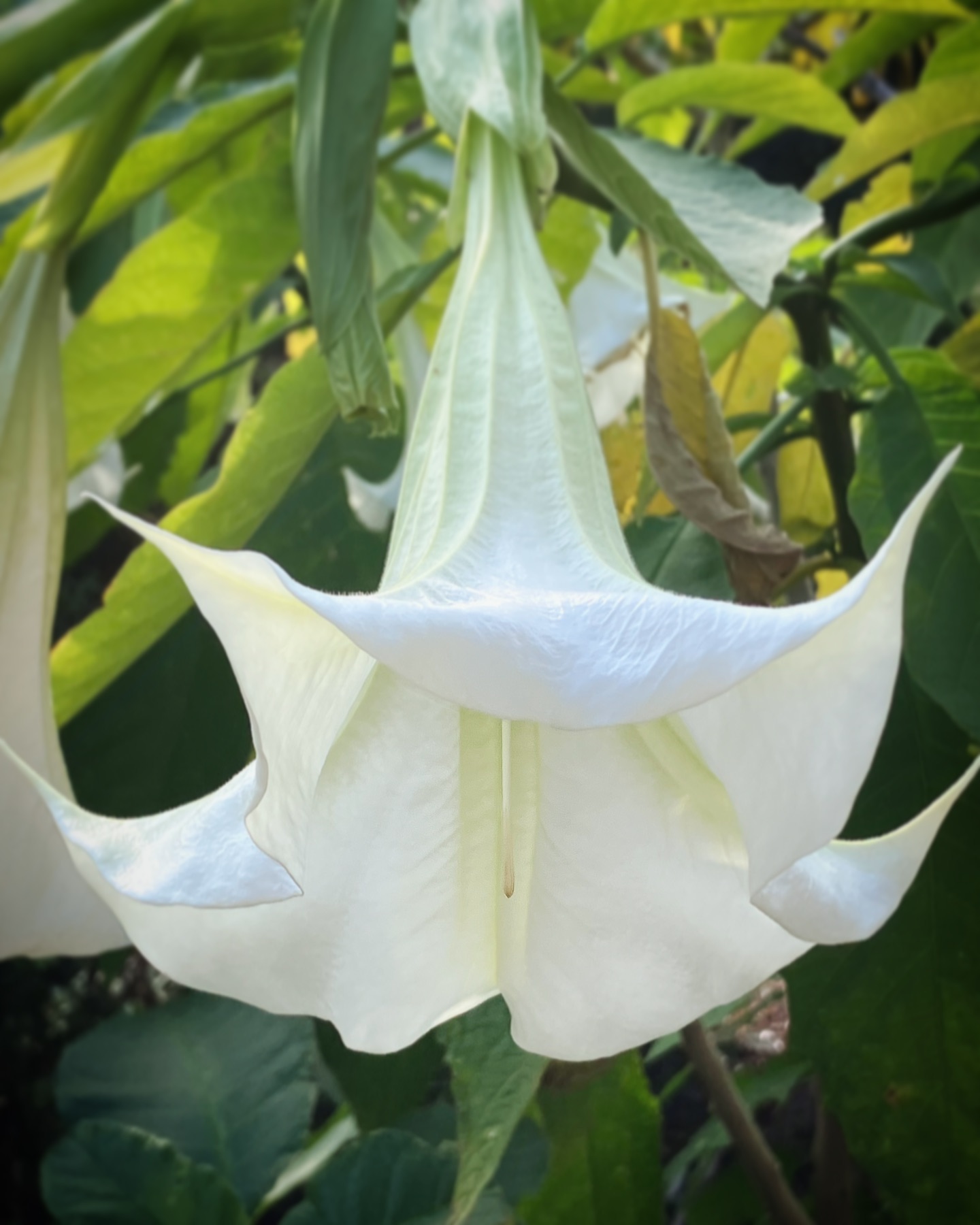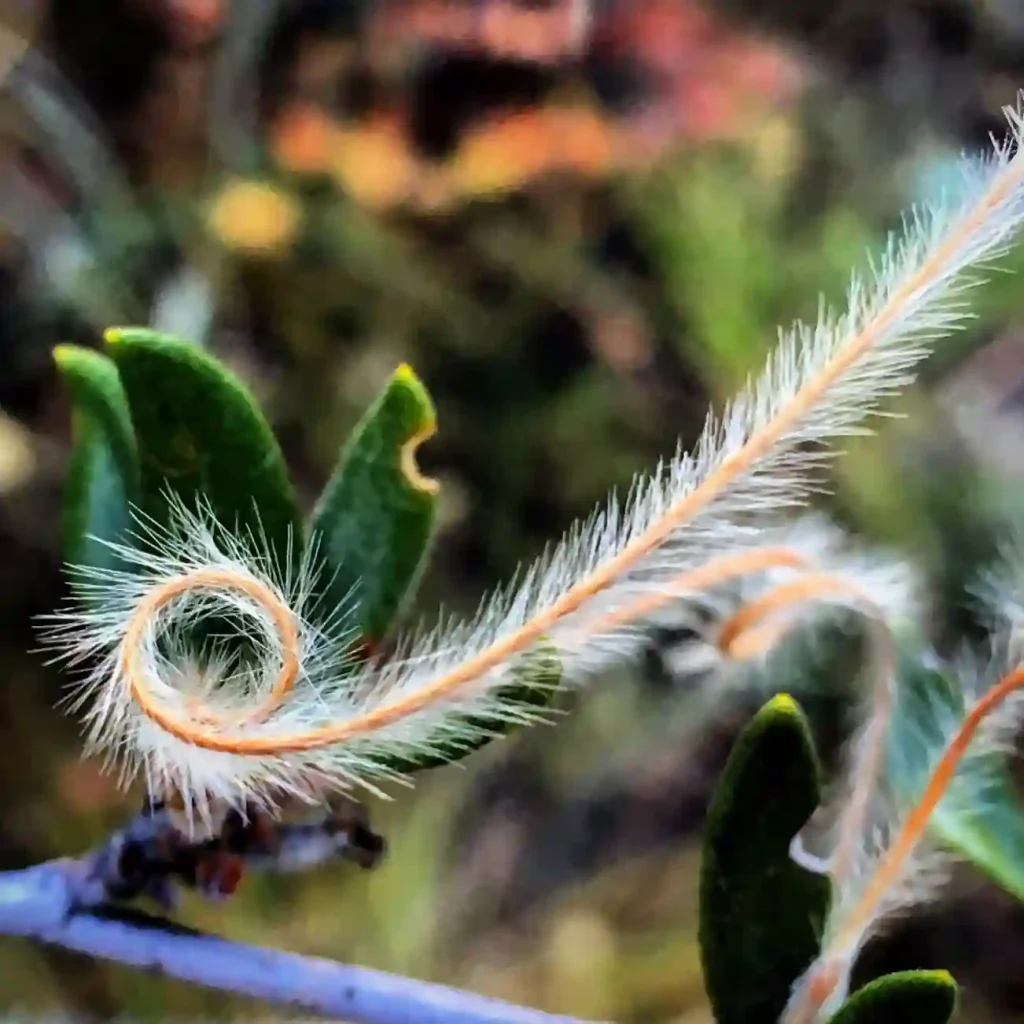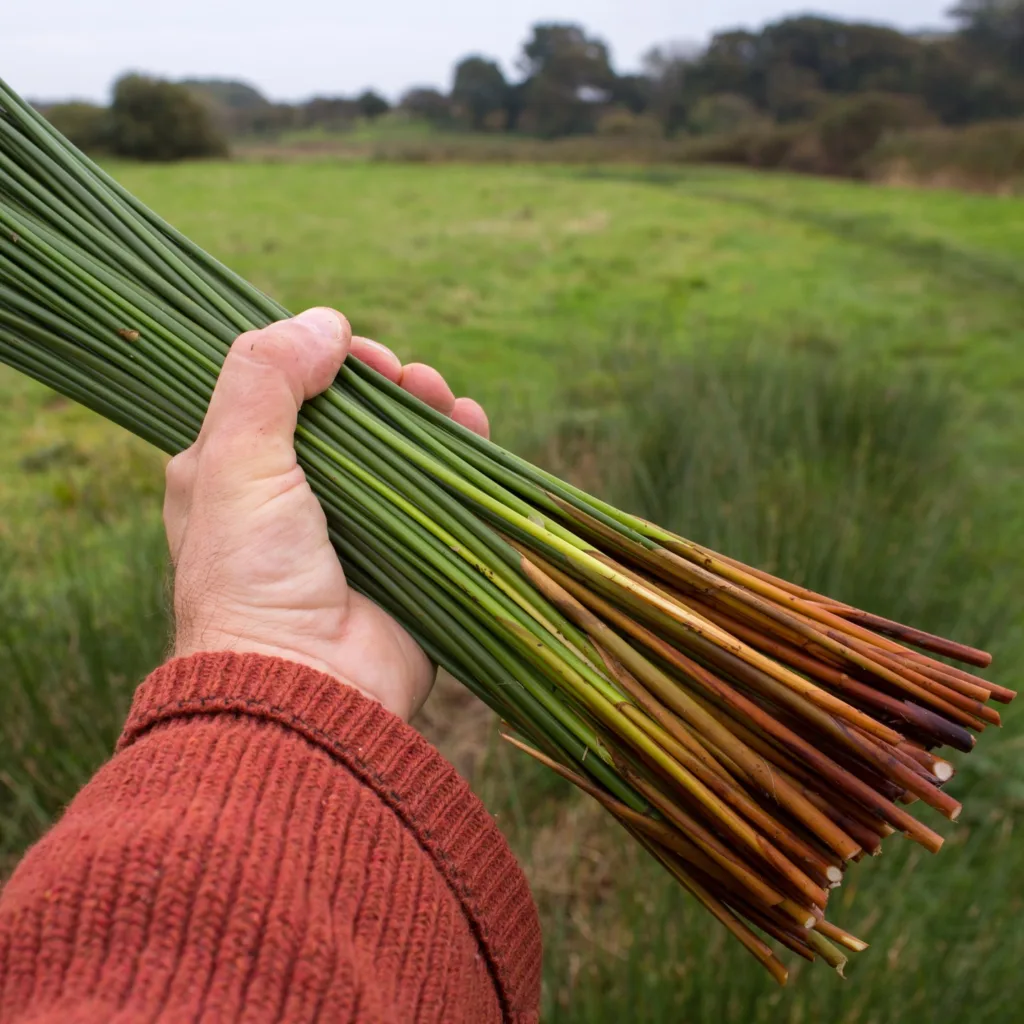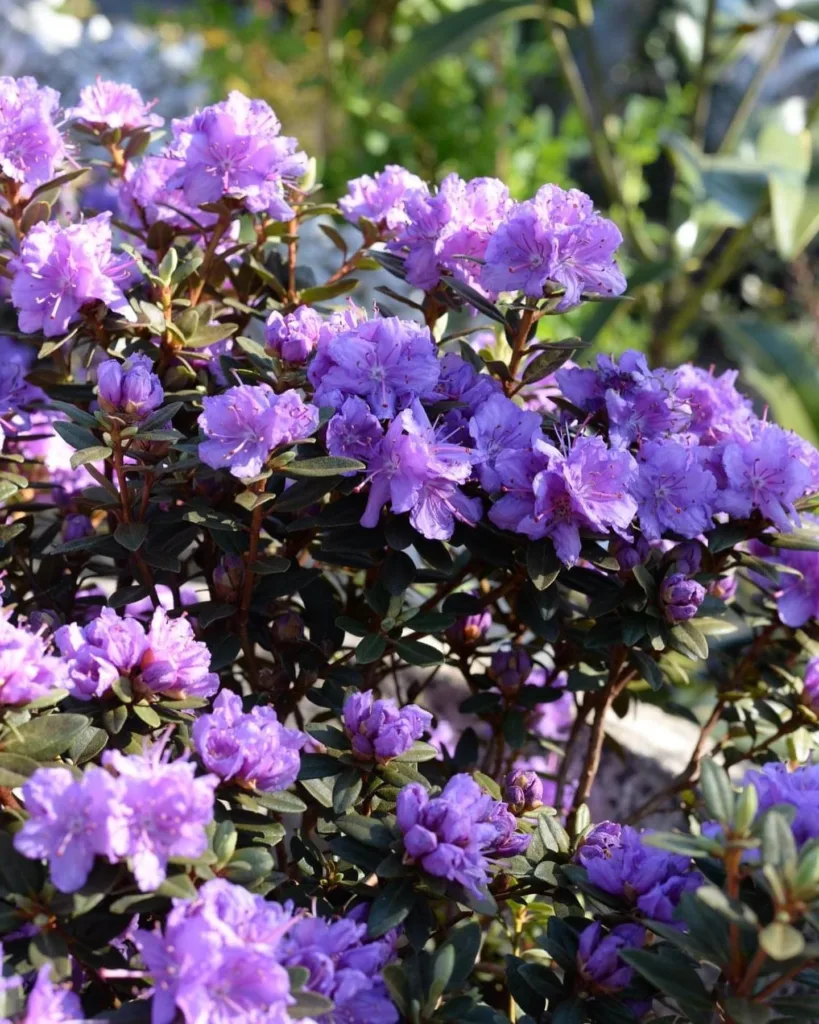Coleonema Pulchrum FAQs: What You Need to Know
Coleonema Pulchrum, often known as the Pink Breath of Heaven or simply Coleonema, is a charming shrub that adds vibrant color and a pleasant fragrance to any garden. As a plant enthusiast, I’ve had my fair share of experiences with this lovely species. If you’re considering adding Coleonema Pulchrum to your garden or home, you might have a few questions. Here’s a comprehensive guide based on my personal insights and common queries about this plant.
What is Coleonema Pulchrum?
Coleonema Pulchrum is a small, evergreen shrub native to South Africa. It’s known for its delicate, needle-like leaves and bright pink to white flowers that bloom in spring. The plant is valued for its aromatic foliage and long-lasting blooms, making it a popular choice for adding color and fragrance to gardens.
Is Coleonema Pulchrum Toxic to Dogs?
If you’re a pet owner, you might be wondering if Coleonema Pulchrum is safe for your furry friends. Thankfully, Coleonema Pulchrum is not considered toxic to dogs. However, as with any plant, it’s always a good idea to monitor your pets and discourage them from chewing on plants. While it’s not harmful, ingestion of large quantities of any plant material could potentially cause digestive upset.
How to Grow Coleonema Pulchrum?
Growing Coleonema Pulchrum is quite straightforward if you provide it with the right conditions. Here’s what I’ve learned from my own experiences:
- Sunlight: Coleonema Pulchrum thrives in full sun to partial shade. It needs at least 6 hours of sunlight each day to flourish and produce its vibrant blooms.
- Soil: This plant prefers well-draining soil. Sandy or loamy soil with good drainage is ideal. If you have heavy clay soil, consider amending it with organic matter to improve drainage.
- Watering: While Coleonema Pulchrum is relatively drought-tolerant once established, it benefits from regular watering during the growing season. Be careful not to overwater, as this can lead to root rot. Allow the soil to dry out between waterings.
- Fertilizing: Feed the plant with a balanced, slow-release fertilizer in the spring. This helps promote healthy growth and abundant blooms. Avoid over-fertilizing, as this can lead to excessive leaf growth at the expense of flowers.
How to Care for Coleonema Pulchrum?
Proper care will ensure your Coleonema Pulchrum remains healthy and vibrant. Here are a few tips based on my experience:
- Pruning: Light pruning after flowering helps maintain a neat shape and encourages bushier growth. Remove any dead or damaged branches to promote healthy new growth.
- Pest and Disease Management: Coleonema Pulchrum is generally resistant to pests and diseases. However, keep an eye out for common issues like aphids or powdery mildew. Treat any infestations promptly to prevent damage.
- Mulching: Applying a layer of mulch around the base of the plant helps retain soil moisture and suppress weeds. Just be sure not to pile mulch directly against the plant’s stem.
How to Propagate Coleonema Pulchrum?
Propagation of Coleonema Pulchrum is relatively easy and can be done through cuttings or seed:
- Cuttings: Take softwood cuttings in late spring or early summer. Dip the cuttings in rooting hormone and plant them in a mix of sand and peat. Keep them in a warm, sunny spot and maintain moist soil until roots develop.
- Seed: Sow seeds in a seed tray filled with a well-draining seed mix. Lightly cover the seeds and keep them in a warm, sunny location. Keep the soil consistently moist until germination.
What to Plant With Coleonema Pulchrum?
Coleonema Pulchrum pairs beautifully with other low-maintenance, drought-tolerant plants. Here are a few companions that complement its beauty:
- Lavender: The purple blooms of lavender provide a striking contrast to the pink flowers of Coleonema Pulchrum. Both plants enjoy similar growing conditions.
- Succulents: For a modern, low-maintenance garden, combine Coleonema Pulchrum with various succulents. Their contrasting textures and colors create a visually appealing landscape.
- Grasses: Ornamental grasses like blue fescue or feather reed grass add texture and movement, enhancing the overall garden design when paired with Coleonema Pulchrum.
Can You Grow Coleonema Pulchrum Indoors?
While Coleonema Pulchrum is typically grown outdoors, it can be grown indoors in a sunny location. Provide it with bright, indirect light and ensure it has good drainage to mimic its natural outdoor conditions. Be aware that indoor growth may not be as vigorous as outdoor growth.
Common Problems with Coleonema Pulchrum
Though relatively hardy, Coleonema Pulchrum can face a few issues:
- Overwatering: This is the most common problem. Ensure the soil drains well and avoid watering too frequently.
- Fungal Diseases: Powdery mildew can occur in humid conditions. Improve air circulation around the plant and treat with appropriate fungicides if needed.
- Pests: While generally pest-resistant, occasional aphid or spider mite infestations may occur. Regularly check for signs of pests and treat promptly.
Compare with Similar Plants
If you’re considering alternatives, you might compare Coleonema Pulchrum with similar plants like:
- Leptospermum (Tea Tree): Both plants offer aromatic foliage and attractive blooms but have different growth habits and sizes.
- Eriostemon (Wax Flower): Another fragrant shrub with a similar appearance but different flower colors and growth characteristics.
Coleonema Pulchrum is a delightful addition to any garden, offering beautiful blooms and fragrant foliage. By understanding its care needs and potential issues, you can ensure it thrives and adds beauty to your outdoor space.




